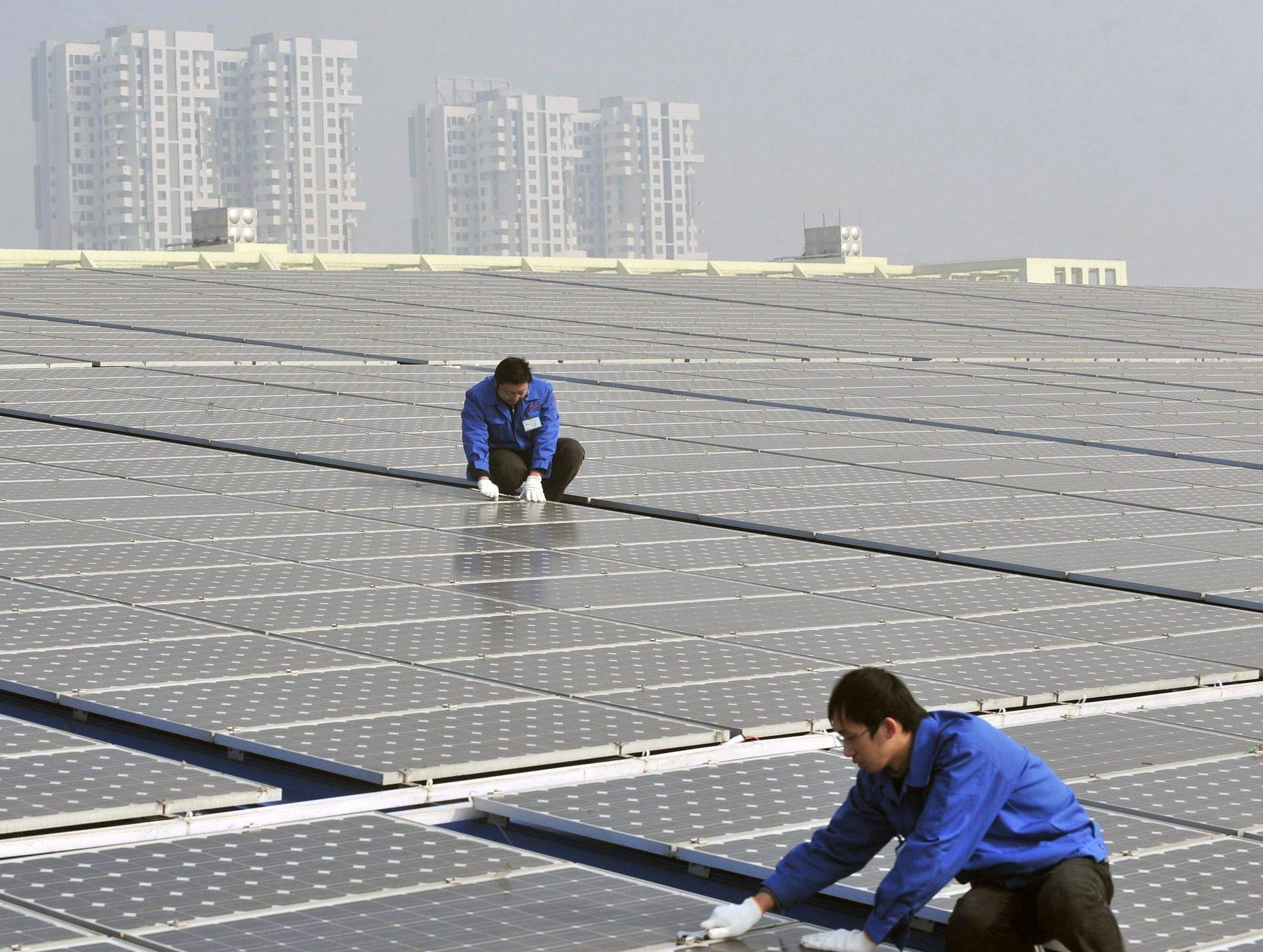It’s no secret – China has an air pollution crisis. As a matter of fact, some of its cities have thick smog layers hanging over them, with thousands of deaths reported each year as a result of this.
In a 2016 study, it was revealed that coal burning was the number one cause for air pollution-related deaths.
According to the study which was conducted by a team of researchers from China and America, air pollution by coal caused 366,000 deaths in 2013 alone.
China injects $360 billion into renewables
In response to increasing air pollution, the Chinese government has set aside about $US360 billion to be channeled into green energy projects in a bid to improve the quality of air in the country. The proposed renewable energy projects are expected to create 13 million new jobs by 2020.
As it is now, China is the world’s largest investor in clean energy sources such as solar, wind and hydropower. 2018 marks the country’s fourth anniversary since it launched its “war on pollution”, and there’s no doubt that the nation has made big strides.
Taking into account more than 200 indicators around China, the latest analysis shows that majority of cities around the country have reduced their concentrations of fine particulates (usually the most lethal type of air pollution) by an average of 32% since 2013.
The highest drop in air pollution was in the city of Xingtai which recorded 52.2%. If this trend can be replicated across the rest of the country, then the average resident could have their lifespan lengthened by 2.4 years, according to researchers.
Floating solar farm
One of the mega energy projects expected to move the country closer to its ambitious goal is the impressive floating solar farm which sits atop a previous coal mining station in Anhui.
Last year, the 166,000 solar panel array was officially switched on, thereby generating 40 megawatts of electricity—adequate to serve 15,000 households as reported by the South China Morning Post.
So far, it’s the biggest floating solar project in the world and is expected to operate for the next 25 years.
Sungrow Power Supply, a Chinese energy company is the brain behind the design and development of the solar farm set upon a lake that once housed an expansive coal mine. Thanks to a destructive explosion that brought it down to its knees, a lake emerged and later flooded the area.
Apparently, setting up solar panels atop the lake and its reservoirs is a sure way to safeguard the agricultural land as well as the wildlife that exists on the ground. The lake’s water also helps to cool the solar PV systems, making them more efficient.
In December 2017, a team from China Three Gorges Corp. begun setting up another massive floating solar plant in Anhui scheduled for completion in May 2018. The $US151 million solar farm will generate more than 150 megawatts of electricity for about 94,000 households.
The decision to build the Sungrow-inspired solar plant on a former coal mining station is a clear indication that fossil fuels are on a downward trend just like coal mining in China and other nations around the globe.
Elsewhere, in 2015, Sweden undertook to phase out all fossil fuel use and enhanced investment in wind, solar, smart grids as well as greener transport. Still in the same year, Nicaragua vowed to improve its renewables share from 53% to 90% by 2020.
Currently, China is among the largest countries in the world to make the big switch from coal to renewable energy. In 2017, it revoked 104 new coal mining plants that were under development in 13 of its provinces.
Trump’s fight for coal
Despite the fact that the United States’ reliance on fossil fuel in 2018 falls way below that consumed a decade ago, President Trump has vowed to bolster the country’s dying coal sector. Earlier this year, the U.S. president announced that his government would impose a 30% tariff on all imported solar PV panels, falling to around 15% within a span of four years.
However, renewable energy experts have raised a red flag against Trump’s “America First” notion saying the new tariffs would only cause the country’s vibrant solar industry to start struggling.
Presently, coal generation accounts for more than 40% of the global electricity supply, but energy experts predict that within the next decade, coal production will rise then drop.
During the same period, renewable sources such as wind and solar are expected to become more attractive and affordable to the point of surpassing coal.



